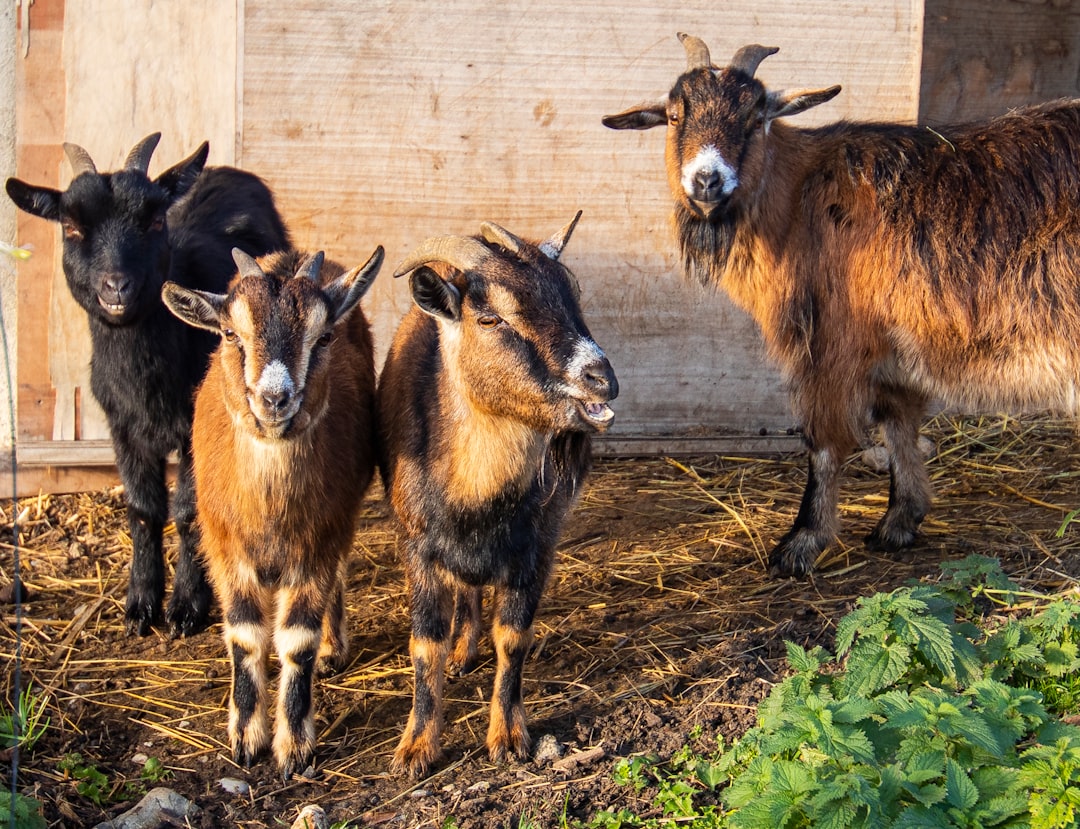Modern livestock farming faces a dual challenge: maximizing productivity while adapting to environmental pressures. Advances in genetic technologies and sustainable management practices are reshaping how farmers optimize animal potential. By leveraging genomic insights and tailoring environments to animal needs, the industry can achieve resilient, efficient, and ethical production systems.
Genetic Innovations in Breeding
Genomic Selection and Its Trade-offs
Genomic selection has revolutionized livestock breeding by enabling earlier and more accurate predictions of genetic merit. By analyzing DNA markers, breeders can identify animals with desirable traits—such as disease resistance or milk yield—before they mature. However, this approach risks accelerating genetic diversity loss, as shorter generation intervals may reduce the time for new variations to emerge. For example, dairy cattle breeding programs using genomic selection could halve generation intervals, doubling the rate of genetic gain but potentially compromising long-term genetic resilience.
Crossbreeding for Climate Resilience
Crossbreeding strategies combine genetic diversity with environmental adaptability. A 2024 simulation study found that integrating crossbred performance data into breeding models (e.g., ssGBLUP) improves prediction accuracy by up to 15% compared to traditional purebred-focused methods. This is critical for regions like sub-Saharan Africa, where 85% of livestock keepers struggle with low productivity and climate stressors. Programs like the African Animal Breeding Network (AABNet) aim to balance productivity with sustainability by developing heat-tolerant cattle and drought-resistant goats.
Environmental Management’s Role in Performance
Climate Adaptation Strategies
Environmental factors—heat stress, feed quality, and water availability—directly influence genetic potential. For instance:
-
Heat stress reduces milk yield in dairy cattle by up to 30% in tropical climates.
-
Water scarcity impacts feed conversion efficiency, with beef production requiring ~15,000 liters of water per kilogram.
Sustainable practices like rotational grazing and agroforestry mitigate these challenges. Improved pasture management can increase carbon sequestration by 20% while enhancing soil health.
Genotype-Environment Interaction (G×E)
Genetic traits express differently under varying conditions. For example:
Trait High-Resource Environment Low-Resource Environment Milk Yield (Holstein) 10,000 kg/year 6,000 kg/year Survival Rate (Goats) 95% 70%Breeders must prioritize genotypes suited to local conditions. In Brazil, Holstein cattle showed minimal G×E interaction for milk production, suggesting genetics play a smaller role than environmental factors like nutrition.
Strategies for Synergy
-
Precision Breeding Programs
-
Use genomic tools to identify climate-resilient traits (e.g., heat tolerance in sheep).
-
Incorporate crossbred data to optimize heterosis and adaptability.
-
-
Resource-Efficient Systems
-
Adopt circular agriculture models (e.g., manure recycling reduces GHG emissions by 15%).
-
Implement water-saving technologies, such as drip irrigation for feed crops.
-
-
Policy and Collaboration
-
Support initiatives like AABNet, which trains 5,000 African breeders annually in sustainable practices.
-
Align breeding goals with the UN Sustainable Development Goals (SDGs), focusing on poverty reduction and biodiversity.
-
The Path Forward
Balancing genetic potential with environmental stewardship requires innovation at every level. From genomic selection to regenerative grazing, the future of livestock farming lies in systems that harmonize productivity, animal welfare, and planetary health. As Professor Appolinaire Djikeng notes: “When we design breeding programs with climate adaptation in mind, we build livestock systems that work for both people and the planet.” By embracing this integrated approach, farmers can unlock animal potential while safeguarding resources for future generations.
Citations:
- https://pmc.ncbi.nlm.nih.gov/articles/PMC4322732/
- https://phys.org/news/2025-02-network-genetic-pathway-productive-climate.html
- https://www.frontiersin.org/journals/genetics/articles/10.3389/fgene.2024.1384973/full
- https://livestock.cgiar.org/research/themes/livestock-environment.html
- https://www.bio-conferences.org/articles/bioconf/pdf/2025/02/bioconf_mblc2024_02012.pdf
- https://wiseias.com/genotype-environment-interaction-livestock/
- https://thefarminginsider.com/livestock-breeding-strategies/
- https://www.frontiersin.org/journals/genetics/articles/10.3389/fgene.2019.00327/full
- https://www.achievebettermilktogether.com/mastitis-prevention/cattle-breeding-strategies/
- https://pubmed.ncbi.nlm.nih.gov/39377556/
- http://www.responsiblebreeding.eu/uploads/2/3/1/3/23133976/contribution_of_breeding_to_reducing_environmental_impact.pdf
- https://academic.oup.com/jas/article/98/2/skaa034/5722360
- https://www.frontiersin.org/research-topics/65271/advances-in-livestock-genetics-enhancing-breeding-practices-and-improving-animal-healthundefined
- https://wp.ag-boost.com/data-strategies-to-optimize-livestock-performance/
- https://www.frontiersin.org/journals/genetics/articles/10.3389/fgene.2015.00033/full
- https://www.dairyproducer.com/major-updates-coming-to-april-2025-dairy-genetic-evaluations/
- http://info.submit4journal.com/3744/1/Kumar45172024UPJOZ3865.pdf
- https://www.thepigsite.com/articles/the-effects-of-climate-change-on-livestock-production
- https://openknowledge.fao.org/server/api/core/bitstreams/eb2b98f0-aac3-483b-a223-17675389922e/content
- https://ojs.alpa.uy/index.php/ojs_files/article/view/2625
- https://pubmed.ncbi.nlm.nih.gov/32017843/

Comments
No comments yet. Be the first to comment!
You must be logged in to comment. Login